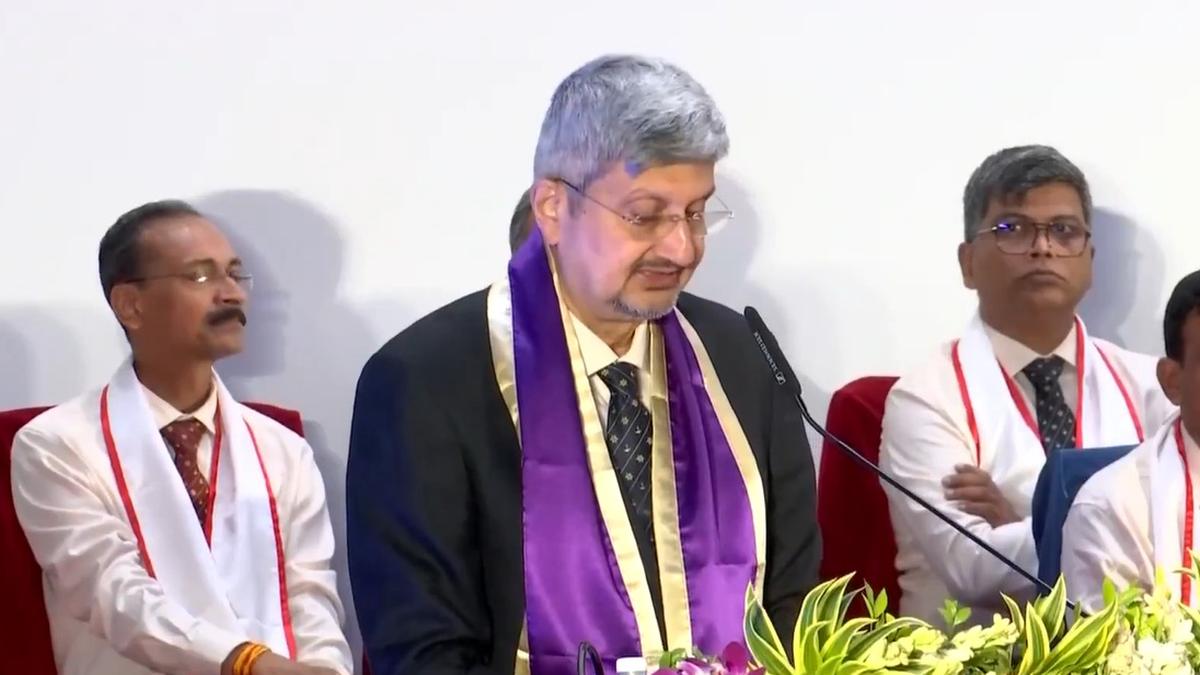Now Reading: Operation Sindoor Showcased India’s Defence Self-Reliance: DRDO Chief
-
01
Operation Sindoor Showcased India’s Defence Self-Reliance: DRDO Chief
Operation Sindoor Showcased India’s Defence Self-Reliance: DRDO Chief

Fast Summary
- Operation Sindoor showcased India’s self-reliance, strategic foresight, and indigenous technological capabilities, according to DRDO Chairman Samir Kamat.
- The military operation launched on May 7 against terrorist targets in Pakistan was a response to the April 22 Pahalgam attack that killed 26 people.
- Key indigenous defense systems deployed included Akash SAMs, brahmos missiles (from Su-30MKI jets), the D4 anti-drone system, MRSAMs, AWNC system, and Akashteer AI-based threat identification tools.
- Technologies like radars and secure communications performed successfully during the operation.
- Defence exports are expected to double within three years post Operation Sindoor’s success; current figures stand at ₹23,000 crore annually with an aim to reach ₹50,000 crore by 2029. Pinaka missile systems and brahmos have attracted meaningful interest from international buyers.
- Mr. Kamat emphasized India’s need for indigenous capabilities across critical defence systems for sovereign decision-making given evolving geopolitical challenges.
- Advancement of BrahMos-NG (Next Generation) missile will begin soon-this smaller version aims to increase compatibility across platforms beyond Su-30MKI aircraft.
Indian Opinion Analysis
Operation sindoor not only highlighted India’s growing proficiency in integrating advanced domestic technology into its defence strategies but also reinforced national sovereignty through self-reliance. The operation’s success signals a crucial shift toward minimizing dependency on foreign arms-a strategically vital step given regional instabilities. Doubling defence exports reflects significant global trust in Indian-made weaponry like BrahMos and Pinaka.
India’s ability to leverage AI-driven tools such as Akashteer underscores its readiness for modern warfare that increasingly spans cyberspace and electromagnetic domains alongside conventional battlegrounds. Sustainably nurturing domestic technological innovation will be critical in maintaining India’s competitive edge globally while addressing internal security challenges effectively.
The DRDO chairman’s remarks about developing future leaders in science-based defence technologies align with Prime Minister Narendra Modi’s broader vision of india emerging as both tech leader and developed nation by 2047-a goal merging geopolitical aspirations with industrial growth potential.For more data: Read More





















